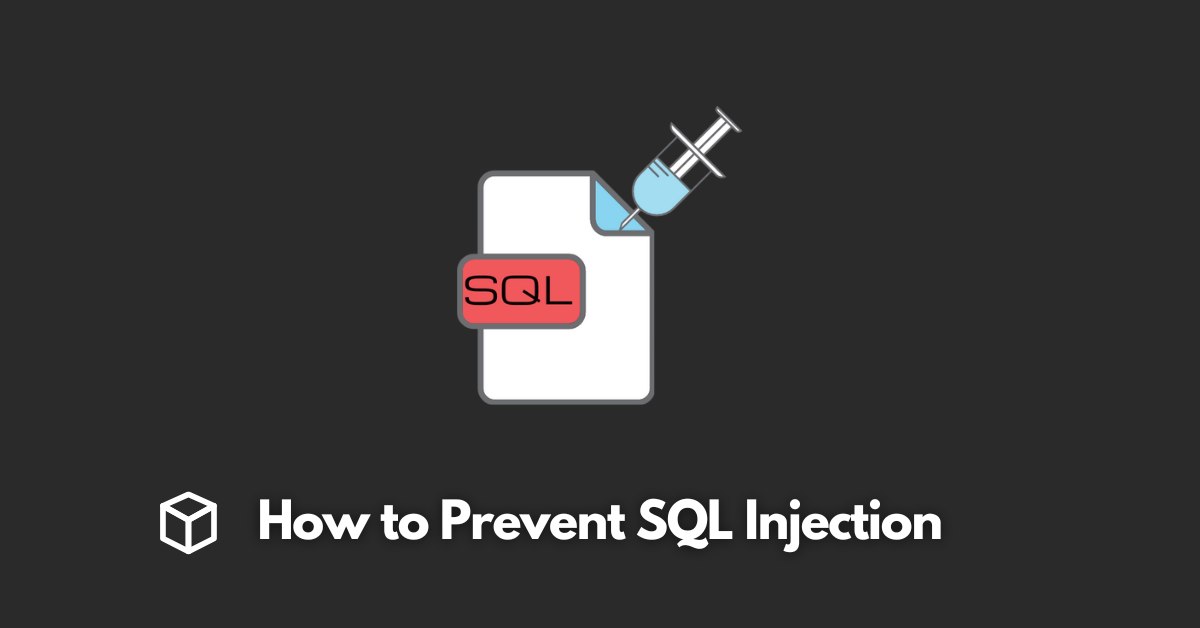SQL injection is a type of cyber attack that targets the database behind a website or application.
It occurs when an attacker is able to insert malicious code into a SQL statement, allowing them to gain unauthorized access to sensitive information or even control the database itself.
This type of attack can have serious consequences, from data breaches to complete system shutdowns.
As such, it is essential for website and application developers to understand how to prevent SQL injection.
In this article, we will explore the basics of SQL injection, including how it works and the different types of attacks that can be used.
We will also cover the common vulnerabilities that can lead to SQL injection, and the various prevention techniques that can be employed to protect against this type of attack.
In addition, we will discuss additional security measures that can be taken to further strengthen the defenses against SQL injection.
Understanding SQL Injection
How SQL injection works:
SQL, or Structured Query Language, is the programming language used to manage relational databases.
When a user interacts with a website or application, they may be prompted to enter data, such as their login credentials.
This data is then passed to the database via an SQL statement.
However, if an attacker is able to insert malicious code into this statement, they can gain access to the database and its sensitive information.
Types of SQL injection attacks:
There are several types of SQL injection attacks that can be used, including classic SQL injection, blind SQL injection, and time-based SQL injection.
Classic SQL injection is the most basic form of attack, where an attacker simply injects malicious code into an SQL statement.
Blind SQL injection is a more advanced form of attack, where the attacker is unable to see the results of their injection, but can still cause damage.
Time-based SQL injection is a type of blind SQL injection that relies on timing delays to execute the attack.
Common vulnerabilities that lead to SQL injection:
There are several common vulnerabilities that can lead to SQL injection, including insecure input validation, unescaped user input, and the use of dynamic SQL.
Prevention Techniques
Input validation:
To prevent SQL injection, it is essential to implement proper input validation, including whitelisting and data type checking.
Prepared statements and parameterized queries:
Another effective prevention technique is the use of prepared statements and parameterized queries, which can help to protect against SQL injection by separating user input from the SQL statement.
Stored procedures:
Stored procedures are another tool that can be used to prevent SQL injection. These are pre-written SQL statements that are stored in the database and can be called upon as needed.
Escaping user input:
Escaping user input is another important prevention technique, as it can help to ensure that any malicious code that is entered is not executed.
Using an ORM:
The use of an ORM (Object-Relational Mapping) is also an effective prevention technique as it abstracts the SQL statements and can also prevent SQL injection.
Additional Security Measures
Least privilege principle: The least privilege principle involves giving users the least amount of access possible to the database.
Regularly reviewing and monitoring database activity: Regularly reviewing and monitoring database activity can also help to detect and prevent SQL injection.
Keeping software and database servers up-to-date: Keeping software and database servers up-to-date is also important, as new vulnerabilities are often discovered and patched.
Using a web application firewall (WAF): Using a web application firewall (WAF) can help to block malicious traffic before it reaches the database.
Conclusion
In conclusion, SQL injection is a serious threat that can have serious consequences for website and application developers.
By understanding how it works and the various prevention techniques that can be used, developers can take steps to protect their databases from this type of attack.
However, it is important to remember that the threat of SQL injection is ongoing, and ongoing vigilance is required to stay ahead of the attackers.




